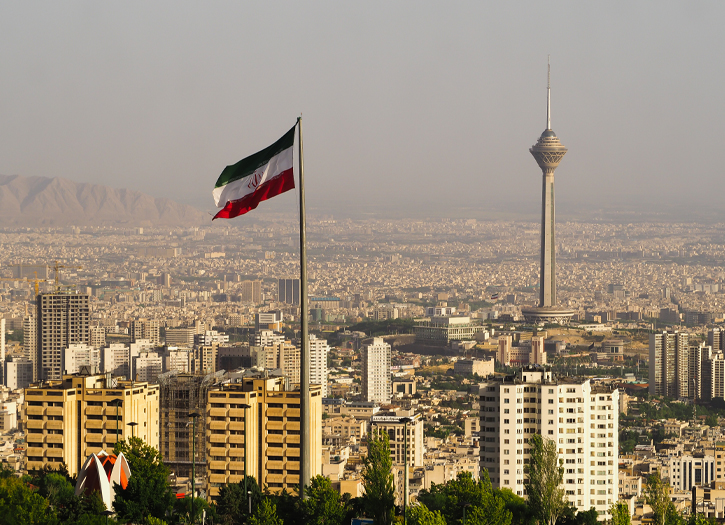The COVID-19 pandemic in Iran is part of the worldwide pandemic of coronavirus disease 2019 (COVID-19) caused by severe acute respiratory syndrome coronavirus 2 (SARS-CoV-2). On 19 February 2020, Iran reported its first confirmed cases of infections in Qom. The virus may have been brought to the country by a merchant from Qom who had travelled to China.
In response to the coronavirus the government cancelled public events and Friday prayers; closed schools, universities, shopping centres, bazaars, and holy shrines; and banned festival celebrations. Economic measures were also announced to help families and businesses, and the pandemic is credited with compelling the government to make an unprecedented request for an emergency loan of five billion US dollars from the International Monetary Fund.
Later increase in the number of cases in May was attributed to increased testing by the Iranian government. The official number of cases surpassed 200,000 with over 10,000 deaths recorded by June 2020. President Rouhani, however, estimated that 25 million may have become infected by July 2020, considerably higher than the official count. Confirmed COVID-19 cases in Iran account for around a quarter of all cases in the MENA region by mid-July. Multiple government ministers and senior officials have been diagnosed as SARS-CoV-2 positive, as well as 23 members of the Parliament (around 8% of all MPs) by 3 March. At least 17 Iranian politicians and officials had died from the virus by 25 March.
On 12 March, the MOHME reported 1,075 more new confirmed cases and 75 new deaths. They also reported that 3,276 people had recovered. Iran requested an emergency loan of US$5 billion from the International Monetary Fund for the first time since the Iranian Revolution to help combat the outbreak. (Previously the IMF had been described by the Islamic Republic as “a tool of U.S. hegemony”.) However, the United States government opposed this request, according to Ali Shamkhani, the secretary of Iran’s Supreme National Security Council.
On 17 March, the MOHME reported 1,178 more new confirmed cases, 135 new deaths, and 5,389 people who had recovered in total. Sharif University of Technology published a study about possible outcomes of the pandemic. Three scenarios were announced: if people cooperated immediately, Iran would see 120,000 infections and 12,000 deaths before the outbreak was over; if there was a medium amount of cooperation, there would be 300,000 cases and 110,000 deaths.
An increase in cases in the southern provinces of Khuzestan and Sistan-Baluchestan led to the re-imposition of lockdown restrictions In mid-May there, with travel in and out of Abadan restricted.Health Ministry Spokesman Kianoush Jahanpour said on 18 May that around one-fourth of Iran’s daily cases were in Khuzestan, with Lorestan, North Khorasan, Kerman, Sistan-Baluchestan and Kermansha also showing significant rate of transmission of the virus.The number of cases in the country surpassed 150,000 by 31 May.New cases continued to increase in early June, with nearly 3,000 new cases reported on 1 June compared to 802 on 2 May. The government put the increase in cases down to increased testing, although Health minister Saeed Namaki warned the citizens to follow guidance and social distancing rules or risk a second wave of the disease.
Mohammad Mirmohammadi, a member of the Expediency Council which advises the Supreme Leader Ali Khamenei, was reported to have died of the disease on 2 March. Twenty-three members of the Iranian Parliament were reported to have been infected. The head of emergency medical services, Pirhossein Kolivand, was diagnosed with the disease. Mohammad Sadr [fa], a member of the Expediency Council, had reportedly been infected with coronavirus. Esmail Najjar [fa], the chief of Iran’s Crisis Management Organization, was infected with coronavirus. Subsequently, all government officials were forbidden from international travel, and parliament was indefinitely suspended.
Measures would include guaranteeing bank credit of 10m rials ($61) to 23m families (which they have to pay back with 4% profit) — most of the population — and low-interest rate loans up to 20m rials to lower-income households as care packages. The Administrative and Recruitment Affairs Organizationruled that telecommuting of government employees would be permissible. On 24 March, Rouhani announced that half of all government employees would work remotely at home.







Add Comment
You must be logged in to post a comment.